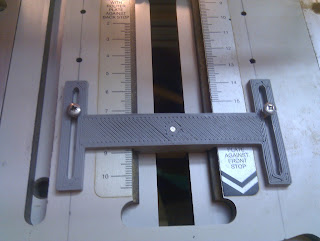Commodore SR4148R Calculator
In order to get a charger for a Commodore S60 that I recently bought, I purchased an SR4148R which came with the same model of charger as the S60 uses. The S60 had old leaky NiCds in it which I replaced, and a faulty VFD display with bad ghosting that I fixed with a pull down resistor.
Anyway, the charger for the SR4148R worked fine, so I have that for the S60. It didn't turn on the SR4148 though. From the outside it looks like this:
From the inside it was apparent why it didn't work on the charger:
There were no batteries and the charger socket wasn't wired to the main board. The PCBs were covered in battery leakage mess. After a bit more disassembly wwe get this:
Taking the keyboard apart led to a nice surprise. the keys are individually mounted and each one has it's own metal spring. A quality design that simply wouldn't be done these days.
Very unfortunately, you can see that the battery leakage has reached the LED display, as there is green behind the bubbles, on the left.
I cleaned the mess with baking soda and it all cleaned up a bit. I then disassembled the LED display, removing the bubbles to see if I could dissolve the mess off the display. After some cleaning I managed to do this and got a mess free display.
Very very unfortunately, the mess seems to have completely dissolved two of the seven segment digits. They just aren't there any more. Oh well, that isn't going to be repairable at all, I suspect. I will now have to find a broken calculator of the same model, or a replacement display. Interestingly I noticed that the small 0.96 inch OLED displays that I am fiddling with at the moment are an interesting size relative to the LED display:
It looks like two displays would cover the same area as the original display. Adding a PIC micro and some code to demultiplex the drive signals and we could display the seven segments on the OLED display. Hmm, a project for another day, but it probably isn't too tricky.































































